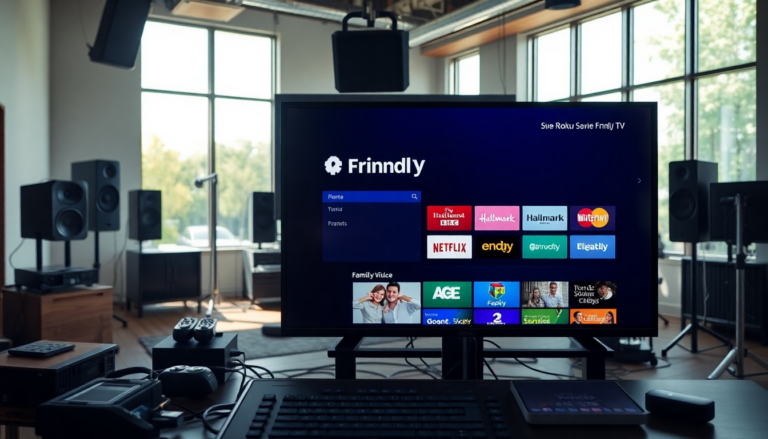Argomenti trattati
In a move that has raised eyebrows across the streaming industry, Roku has announced its acquisition of Frndly TV for a staggering $185 million. This isn’t just another acquisition; it’s Roku’s bold foray into a territory that many streaming giants have sidestepped. Frndly TV, known for its wallet-friendly subscription of just $9 a month, offers a channel lineup reminiscent of traditional cable TV, featuring favorites like Hallmark and A&E. But what does this really mean for Roku and its users?
Understanding the virtual multichannel video programming distributor
Frndly TV operates as what industry insiders call a “virtual Multichannel Video Programming Distributor” (vMVPD). This fancy term essentially categorizes services that emulate traditional cable packages, providing a broad array of channels delivered straight to your internet-connected device. It’s almost like having a mini cable subscription without the hefty price tag. I remember when I first dabbled with live TV streaming—how liberating it felt to scroll through channels without the clunky cable box. Now, with Frndly, Roku is jumping into the fray.
While many streaming platforms like Hulu and YouTube TV have set up their own vMVPD services, most giants like Amazon and Apple have chosen to steer clear of this complicated landscape. They know all too well the potential pitfalls: negotiating carriage deals, managing channel blackouts, and hoping for profitability in a market rife with challenges. It’s a messy business, one that’s often not worth the candle. Yet, here’s Roku, ready to shake things up.
Roku’s strategy: a new direction in streaming
Roku’s primary goal seems to be fortifying its subscription revenue streams. CEO Anthony Wood has been vocal about using the platform to promote Frndly TV aggressively. This mirrors the approach taken with the Roku Channel, their ad-supported streaming service launched in 2017, which quickly became a cornerstone of their strategy. The home screen of Roku devices will likely become a digital billboard for Frndly TV subscriptions. While that might sound mundane, I can’t help but feel there’s more brewing beneath the surface.
Could this be just the starting point? My theory is that Roku aims to gradually expand its offerings. Imagine a future where Roku isn’t just the host for Frndly, but a central hub for a broader selection of pay TV channels. They could leverage their 90 million households to negotiate better deals with content providers, ultimately expanding their channel offerings beyond just the classics. It’s a tantalizing thought, isn’t it? Could Roku be the one to finally bridge the gap between traditional cable and modern streaming?
What this means for viewers
For viewers, this could lead to an exciting evolution in how we consume television. Picture this: a seamlessly integrated interface that allows you to access a variety of channels, complete with a user-friendly guide and DVR functionality. For those still clinging to cable, Roku could position itself as the go-to solution to access cable channels without the clutter and chaos of traditional subscriptions.
As many know, the streaming landscape is continually evolving. This acquisition could signal a shift—a new way for consumers to enjoy their favorite shows without the strings attached to traditional cable. Roku’s move could be just what the industry needed to stir up competition and push platforms to offer more flexible and appealing bundles.
Looking ahead: a bold new era for streaming
In a world where streaming services are proliferating, Roku’s venture into the vMVPD space could redefine how we think about our entertainment options. No longer is it just about binge-watching the latest series on Netflix; it’s about creating a multi-faceted viewing experience that caters to all tastes. I can’t help but feel a mix of excitement and skepticism—will Roku truly succeed where others have hesitated?
As we look to the future, it’s fascinating to think about how this acquisition might play out. Will Roku manage to carve out a significant niche in the live TV space? Will they keep adding channels, enticing even the most die-hard cable subscribers? Only time will tell, but one thing is certain: the streaming wars are far from over, and Roku is ready for battle.

